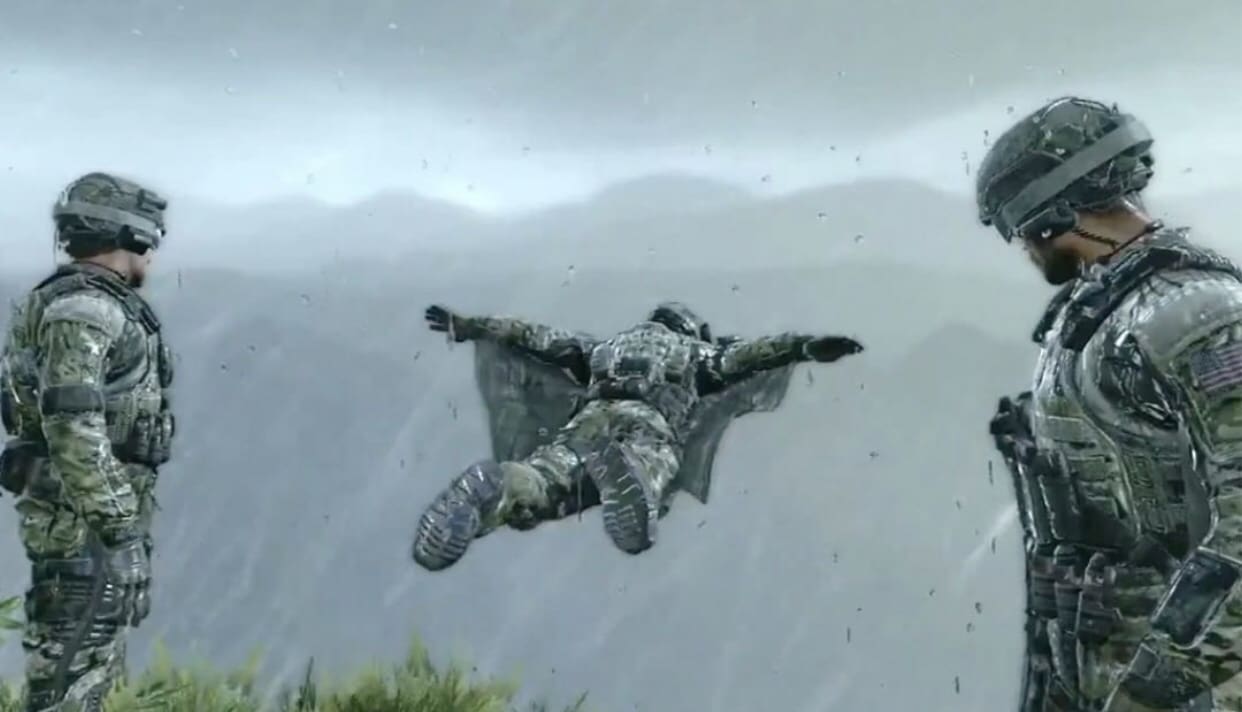
I’m looking at this and wondering how long the Army course would be.

I’m looking at this and wondering how long the Army course would be.
New NAVBOARD ZIPFLIP™ converts to the NAVBOARD™ FLIPLITE™
The new S&S Precision NavBoard™ ZipFlip™ converts into the new FlipLite™ and allows the operator to have a lower profile configuration. The FlipLite™ is available separately or comes included with the ZipFlip™.
Since its introduction, the NavBoard™ Series has grown to reflect a diversity of missions and user preferences found across the SOF community. In 2017, we added the NavBoard™ FlipMod™, bringing even more options and greater security to an industry proven product line. We have also added ZipFlip™, FlipLite™, and the Rotary to the NavBoard™ Series, which bring additional capability to the end user. Whether navigating through the air, mounted or dismounted, we have a NavBoard™ platform to meet your specific operational needs.
Check out the complete new collection at www.sspgear.com
The NavBoard™ Rotary is third and final Nav Board from S&S Precision we are showcasing before SHOT Show.
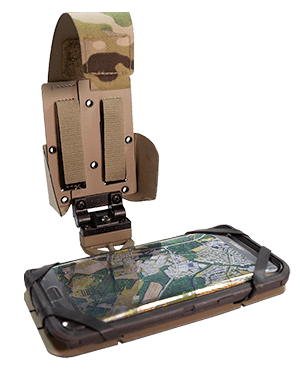
It allows users to attach a wide range of consumer electronic navigation device’s, with or without a protective case. It can be stowed close to the user’s body, and deployed in an open position and viewed in either a vertical or horizontal configuration. When stowed in vertical position the NavBoard™ Rotary only uses 2 columns and 3 rows of webbing.
• Hands-free navigation
• Flip-down phone panel fits smartphones as large as the Samsung NOTE
The ZipFlip is the second Navigation Mount from S&as Precision we are covering during the run up to SHOT Show.
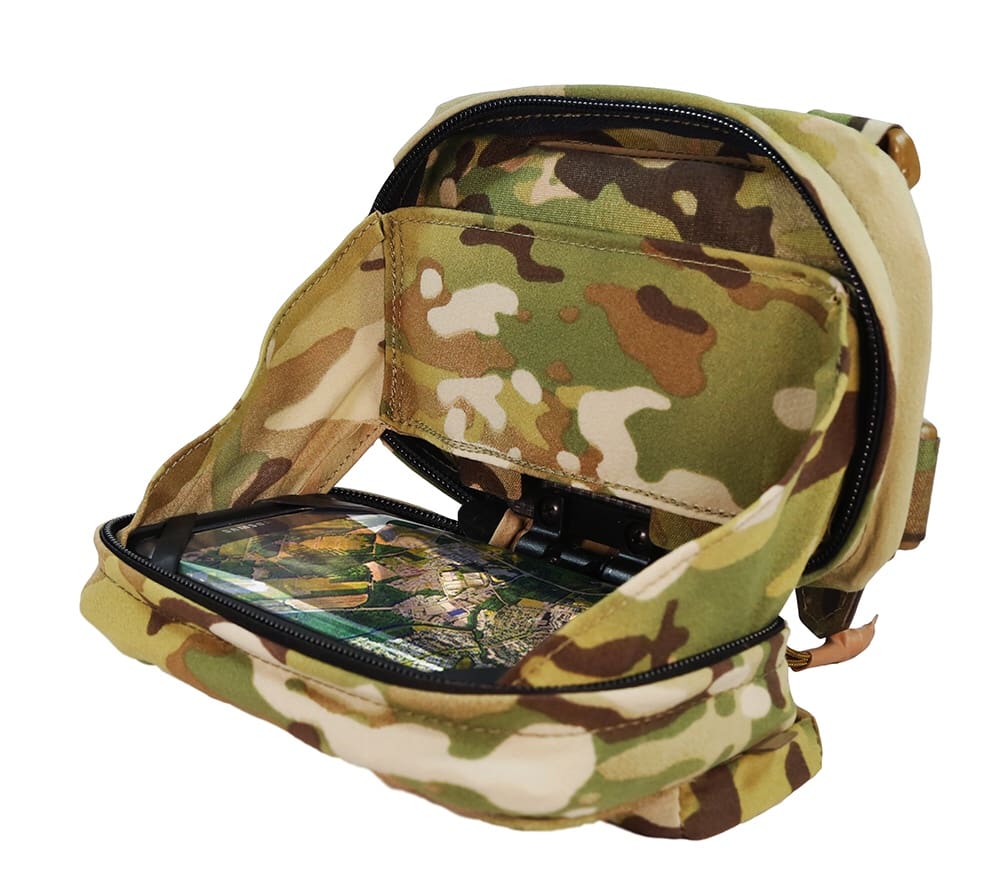
It is a scalable, modular chest mount for hands free use of smartphones in a variety of environments including MFF and Land Operations.

The NavBoard™ FlipMod™ is the first of three navigation products from S&S Precision we’ll be showcasing before SHOT Show. It I ncludes a panel for a phone/tablet, with two additional panels for a compass and GPS/altimeter extending from the phone panel. The FlipMod™ configures to fit the user’s preference by changing the orientation and placement of the various panels using an adjustable friction hinge. It can be stowed close to the user’s body when in freefall or land navigation operations or deployed in an open position, and viewed in either a vertical or horizontal configuration.
Yesterday, I found out why the Parachute Regiment refers to its troops as “Joe.”
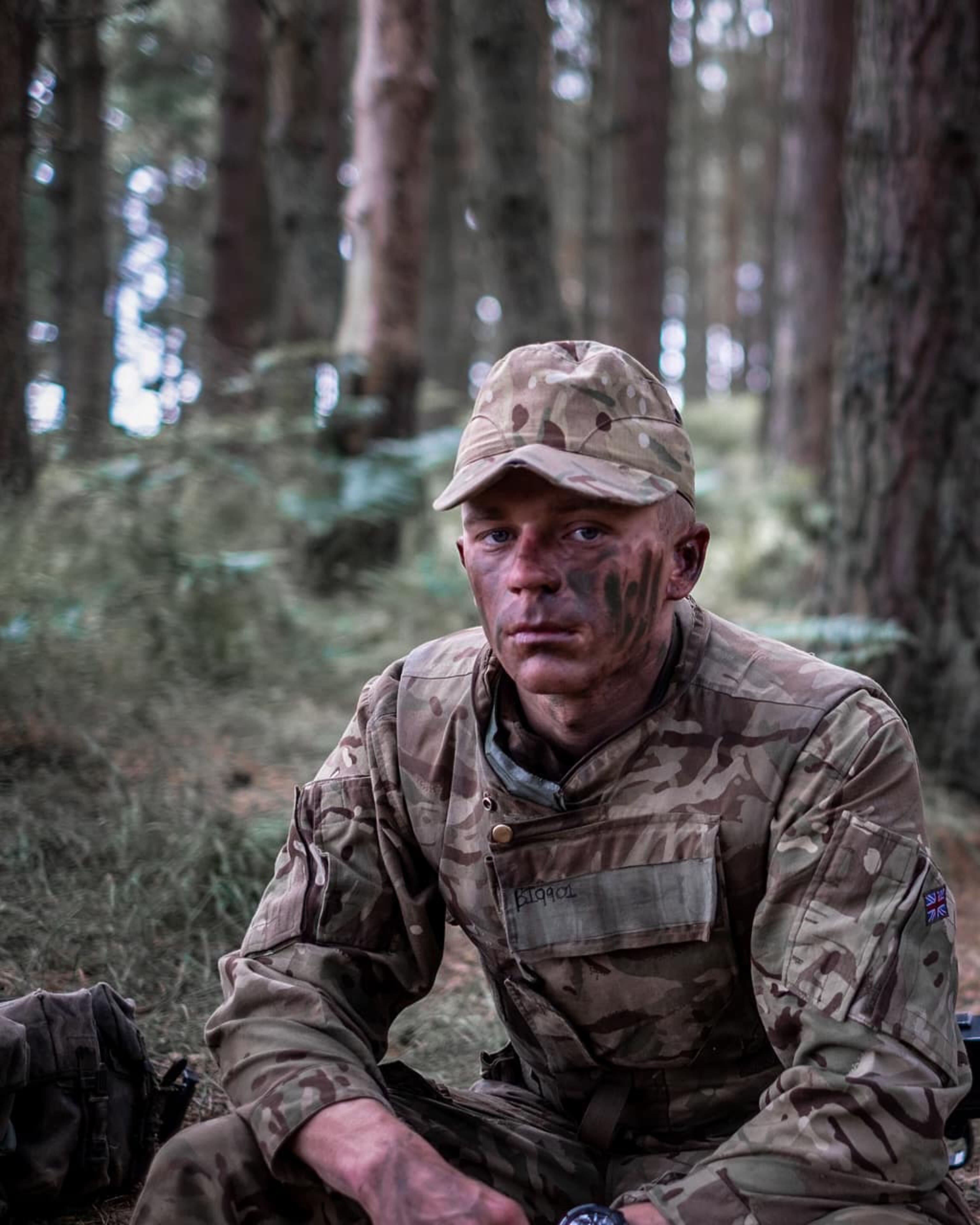
Meet JOE.
In 1942 the PARAs were formed from soldiers already in the Army. The volunteers on transfer had their documents stamped with the letters J.O.E, standing for ‘joined on enlistment’. New members of the Regiment today are still refered to in this way.
It helps to place everyone on the same footing, building a cohesive team and family. Joe is genderless, doesn’t have a sexuality, finacial history, race, religion or come from a certain background. Joe is equal.
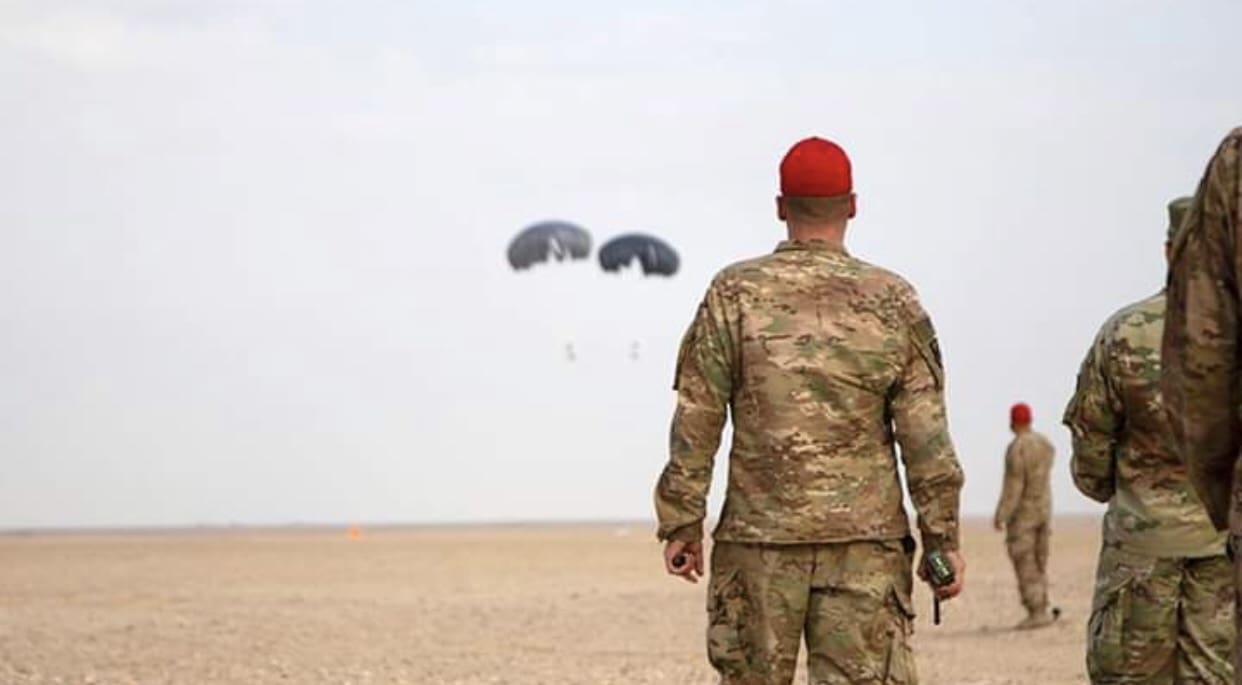
CAMP ARIFJAN, Kuwait –- Soldiers and Marines partnered to train with and test a low-cost parachute system at Camp Buehring, Kuwait, Dec. 10, 2018.
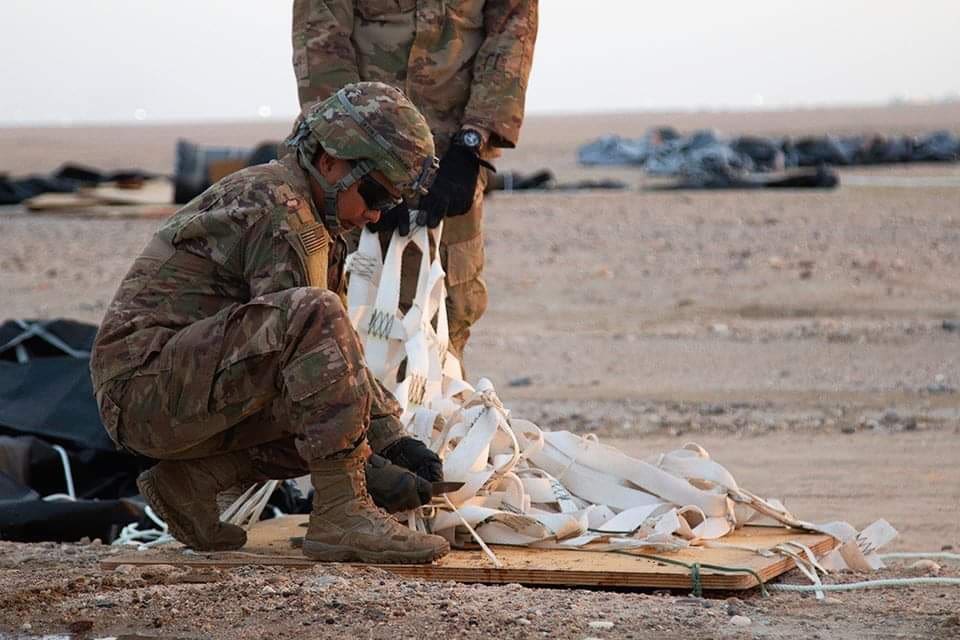
A Soldiers from the 524th Combat Sustainment Support Battalion conducting recovery operations after completing a joint aerial delivery mission with the Special Purpose Marine Ground Task Force on Dec. 10, 2018, Camp Buehring, Kuwait. (U.S Army Reserve Photo by Capt. Jerry Duong)
Special Purpose Marine Air-Ground Task Force Crisis Response-Central Command Marines released four low-velocity-low-cost, four high-velocity-high-cost, and two Joint Precision Aerial Delivery Systems from a KC-130J onto the Udairi Training Grounds drop zone at Camp Buehring.
“We took the parachute that was right by the expiration date and loaded them with four 55-gallon drums of water. Each load weighed approximately about 2000 lbs. said Sgt. 1st Class Larry Carter, 300th Sustainment Brigade senior aerial delivery technician. “It was a successful drop. All the loads came out properly, parachute executed properly, and hit the ground properly.”
U.S. Army Natick Soldier Research, Development, and Engineering Center (NSRDEC), Aberdeen Proving Grounds, Maryland, develops and tests new materials for the U.S. Army. NSRDEC will test the samples to determine the actual life-span of the parachutes, and using their full life-cycle ultimately saves taxpayer dollars.
“We cut a piece of the material out of each parachute system and sent it to Natick Labs in order to test the elasticity strength of the canopy,” said Carter. He believes the parachutes have another five years of potential use, saving the U.S. Army in excess of $25 million.
The joint event also provided training on proper systemes use and employment for Special Purpose Marine Air-Ground Task Force Crisis Response-Central Command Marines, and 824th Quartermaster Company, 524th Combat Supply Sustainment Battalion, 300th Sustainment Brigade, and 1st Theater Sustainment Command Soldiers.
Story by Capt. Jerry Duong and 1st Lt. Andrew Garrido, 184th Sustainment Command
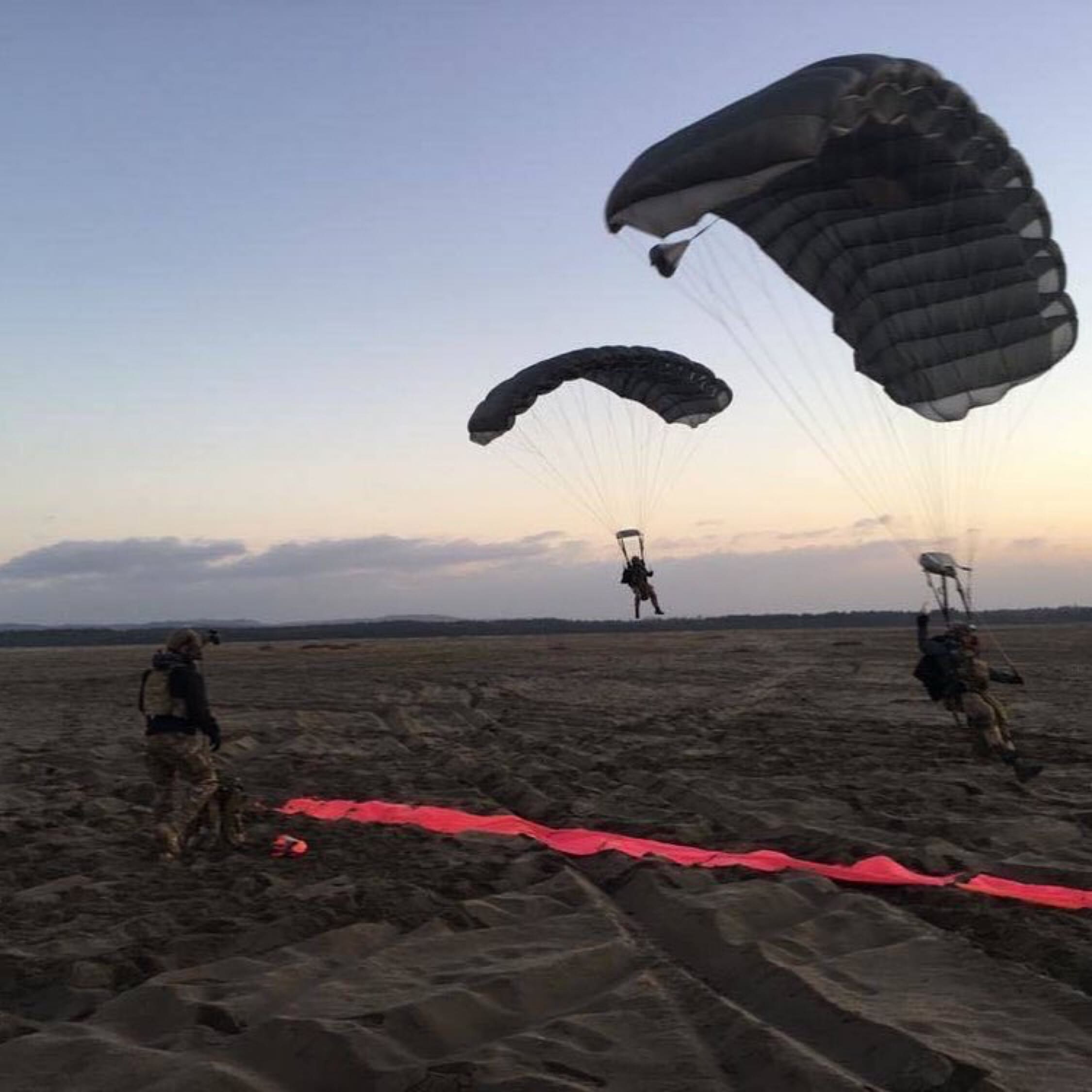
Combat Controllers from the U.S. and Polish forces conduct a military free fall during a culmination exercise near Krakow on Dec. 5, 2018. The exercise follows a two-month training in which the U.S. Air Force Special Operations Command’s 321st Special Tactics Squadron assigned to the 352nd Special Operations Wing in England, and the Polish Special Operations Combat Control Team, share their best practices in order to build upon the Polish Special Operations Command’s ability to conduct special operations air land integration.
(Photo by Staff Sgt. Elizabeth Pena, USASOC PAO)